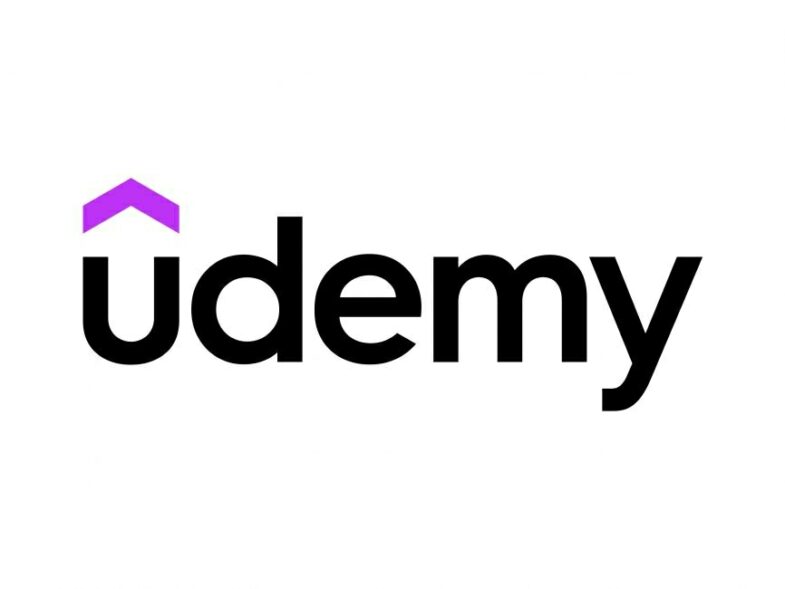Where you choose to publish your online course will have a significant impact on sales. The platform you choose should be the one that is going to help you grow. Udemy and Skillshare are two of the largest platforms for both students and course instructors. Therefore, it’s only fair to compare the two to help you determine which platform is ideal for your goals.
Earnings
Before you decide to pursue one platform over another, you should examine their earnings model. Many course platforms have revenue sharing models that lead to tremendous earnings fluctuation. That’s why it’s advisable to pay close attention to the revenue sharing model.
Udemy has a complex revenue-sharing model. Your earnings depend on who – between you and Udemy – promotes the course, whether or not the course is on sale, and how you – or Udemy – choose to publicize the course.
Because of all of these factors, instructors can expect to earn anything from 25% to 97% of the course cost. These earnings exclude payment processing fees.
Skillshare, however, has a very straightforward model. Earnings are dolled out according to how much time a student spends watching your course as a percentage of total their watch time. The more watch time you have, the more you earn. According to Skillshare, the average instructor earns $200 a month, but top instructors can receive up to $10,000 a month.
Winner: Skillshare
If you create a compelling course, you can earn quite a bit through Skillshare. Not only do you benefit from promoting the course to potential students, but you receive the same benefit if they promote the course for you.
Community
The purpose of using a platform – instead of hosting a course on your website – is to have easy access to a growing market of students. Because the more visibility your course has, the more likely students will choose to sign up. The best way to determine how much visibility your course has is to review a platform’s traffic.
Udemy averages about 100 million visits a month. These are not unique monthly visitors. However, these figures reveal how popular the site is. Using this data, you can safely assume Udemy has at least 10 million unique monthly visitors.
However, Skillshare averages about 8 million visits a month. This is not even 10% of Udemy’s total. Meaning that Skillshare’s community is far smaller and would indicate you’ll have less visibility.
Winner: Udemy
When it comes to peer-to-peer learning, Udemy is the pinnacle of community. Ranked consistently within the top 500 sites in the world, Udemy offers instructors the most visibility.
Diversity
Depending on how you look at it, having a diverse group of courses can be either a benefit or a drawback. Because diversity can:
a) cause your course to be drowned out by other courses, or
b) be an exciting part of a modern learning journey, enabling you to benefit from the successes of courses outside of your niche.
While Skillshare has honed in on their niche, Udemy has a variety of courses. This means that people can learn everything from guitar to accounting on Udemy. It also means that instructors can teach any subject on the platform.
This diverse catalog creates a more engaging ecosystem.
Hence, Skillshare may be niche, that niche can stifle your prospects of being seen by a wider audience.
Winner: Udemy
Once students are familiar with Udemy’s platform, they’re likely to return. Even considering that Skillshare is a subscription model, they haven’t created an expansive ecosystem the way Udemy has.
Eligibility Requirements
The easiest way to overcome the hurdle of creating a course is to start the process. It’s easier to perfect your course when you have some experience creating one. Even if it may not come out as perfect as you hoped, the information you share and how it helps students will be beneficial.
Both Udemy and Skillshare have requirements instructors need to meet to have their courses available on the platform. These requirements allow them to maintain consistent quality throughout the site and make it more engaging for students to learn.
Winner: Tie
Skillshare and Udemy share many of the same requirements including HD video, good audio, and a minimum duration for the course.
Growth
Unless you have plans to be a course instructor on a platform forever (there’s nothing wrong with that), you should also consider how well you will be able to transition away from the platform once you outgrow it.
Udemy allows teachers to include their watermarks and reference their other projects. Instructors are even allowed to link to resources that add to the course, where applicable. However, on Skillshare, the same doesn’t apply. While you can include information about yourself in your intro and outro, in addition to your bio, you cannot link to other material outside of Skillshare.
Winner: Udemy
If you ever do outgrow a platform, working on Udemy can act as a launchpad to other ventures. Whereas, Skillshare works independently of other projects you may pursue.
Conclusion
While Udemy is the outright winner in this review. The platform you choose to publish your course will depend on what you’re teaching. Skillshare has a focus on creativity, allowing students to focus on their creative ambitions. Therefore, a course on a creative subject will have overall more success on Skillshare than Udemy.
However, a course that covers a more SEO friendly subject will have great success on Udemy.









